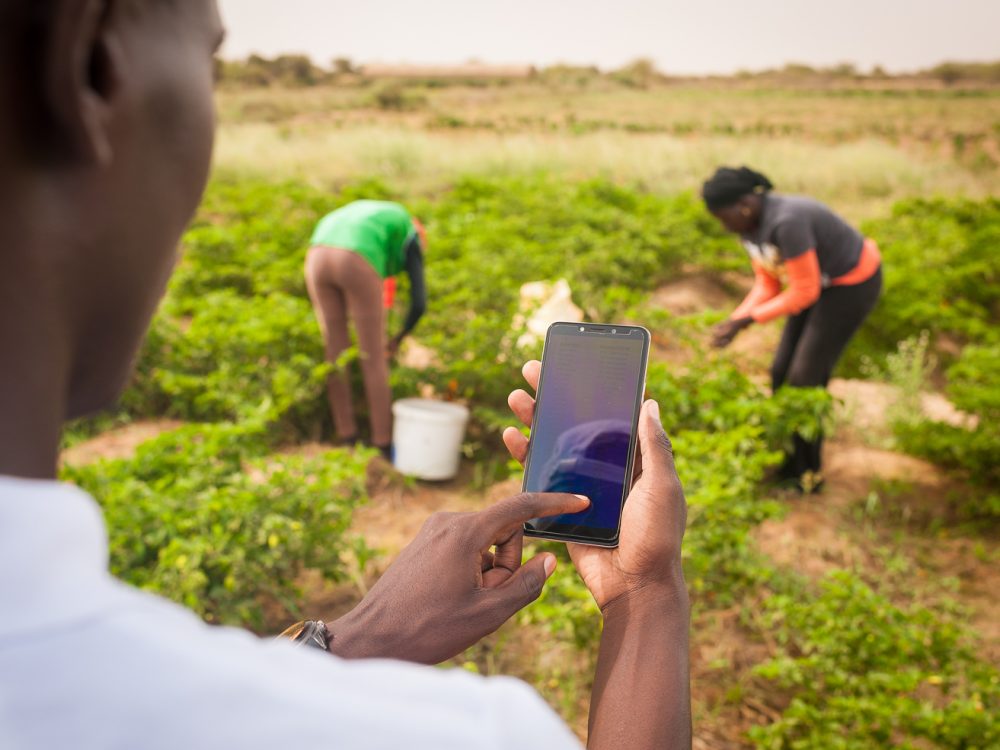On the Money: Getting Funding for Data Right
Last week, we shared our schedule for this week’s Data for Development Festival, hosted by the Global Partnership for Sustainable Development Data (GPSDD) in Bristol, UK. The event brings together a vibrant community of governments, foundations, private sector and nonprofit organizations, galvanized by the belief that data, used well, can drive better development outcomes and achieve the Sustainable Development Goals (SDGs). But the question remains, are we doing enough? And are there sufficient (and sufficiently well-targeted) resources available to realize the potential of data for development?
According to the best estimates, there is a $350+ million annual funding gap – on top of the existing ~$300 million per year being disbursed by funders – standing between us and data of sufficient quality to effectively monitor the SDGs. While efforts to close this financial gap are critical, I believe we must complement new money with practical and creative thinking on how we can better make use of existing resources by answering three simple questions: What money? What data? What purpose?
Firstly, what money is currently being spent on data?
While the $350 million per year funding gap seems to loom large, and is perhaps unlikely to be met purely through new commitments, what if there was an existing source of funding for data left untapped?
In 2016, the development community disbursed $142.6 billion in total Official Development Assistance (ODA). Of this, approximately 2-3% ($2.85-$4.28 billion) went towards project monitoring and evaluation (M&E). For most projects, M&E spending focuses heavily on collecting project-specific data that are rarely used, and almost never shared for reuse. Beyond financial cost alone, the reality that the burden of M&E data collection often falls upon local providers, at the expense of their other service delivery and/or data collection activities, presents a strong opportunity cost.
Thus, one could argue that the development community spends more money hampering ($2+ billion) government capacity to generate SDG data than it does helping ($300 million). In the following, I present two constructive ways in which the data for development community can engage the results community to flip this narrative and close the funding gap.
First: Results-based financing (RBF) programs (in which implementers, often governments, deliver services and are reimbursed based upon their work’s verified results) constitute just a small slice of overall ODA (no exact figure is available, but our best estimates are roughly $5 billion per year). Instead, spending on data is much heavier, at approximately 10% of total spending ($500 million per year).
RBF programs come in many forms, but research shows that when government systems are used (and funded) through RBF, error rates in data are “significantly diminished” within about two years, as the role and understanding of use of data improves. For instance, projects funded with the World Bank’s Program for Results use government administrative data for about 25% of the work of verifying results, and only 1% use support from National Statistical Offices (most use independent audits or other third-party verification methods). If these funders (primarily the World Bank, UK’s Department for International Development, the Inter-American Development Bank, and Norway) shift from 25% to 50% spending on the use of administrative data systems, an additional $125 million for data for development could be unlocked.
Second: Current M&E approaches typically work on a project-by-project basis, in cycles of 5-year programs that create, scale, and finally tear down their systems at project closeout. But to achieve real results, development agency country offices must shift how they think about using resources allocated to M&E in individual projects. Specifically, these resources should be used across their wider portfolio to support core country data systems. For example, one DFID country office told us that lacking solid population and demographic data at the subnational level was hampering their ability to monitor the impact of all of their programs. Following their significant frustration,they decided to fund the country’s first census in 30 years. This is a good example of how we can use M&E funding to support strong country systems, which can benefit all programs, rather than project-specific systems that limit the sharing of data, sap country capacity, and provide no long-term impact.
We encourage the GPSDD community to broaden its aperture, engage with results professionals and policymakers, and unlock more and better data that can fit the needs, rather than tax the resources, of on-the-ground service delivery and implementation staff.
Share This Post
Related from our library

Harnessing the Power of Data: Tackling Tobacco Industry Influence in Africa
Reliable, accessible data is essential for effective tobacco control, enabling policymakers to implement stronger, evidence-based responses to evolving industry tactics and public health challenges. This blog explores how Tobacco Industry strategies hinder effective Tobacco control in Africa, and highlights how stakeholders are harnessing TCDI Data to counter industry interference.

Building a Sustainable Cashew Sector in West Africa Through Data and Collaboration
Cashew-IN project came to an end in August 2024 after four years of working with government agencies, producers, traders, processors, and development partners in the five implementing countries to co-create an online tool aimed to inform, support, promote, and strengthen Africa’s cashew industry. This blog outlines some of the key project highlights, including some of the challenges we faced, lessons learned, success stories, and identified opportunities for a more competitive cashew sector in West Africa.

Digital Transformation for Public Value: Development Gateway’s Insights from Agriculture & Open Contracting
In today’s fast-evolving world, governments and public organizations are under more pressure than ever before to deliver efficient, transparent services that align with public expectations. In this blog, we delve into the key concepts behind digital transformation and how it can enhance public value by promoting transparency, informing policy, and supporting evidence-based decision-making.